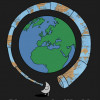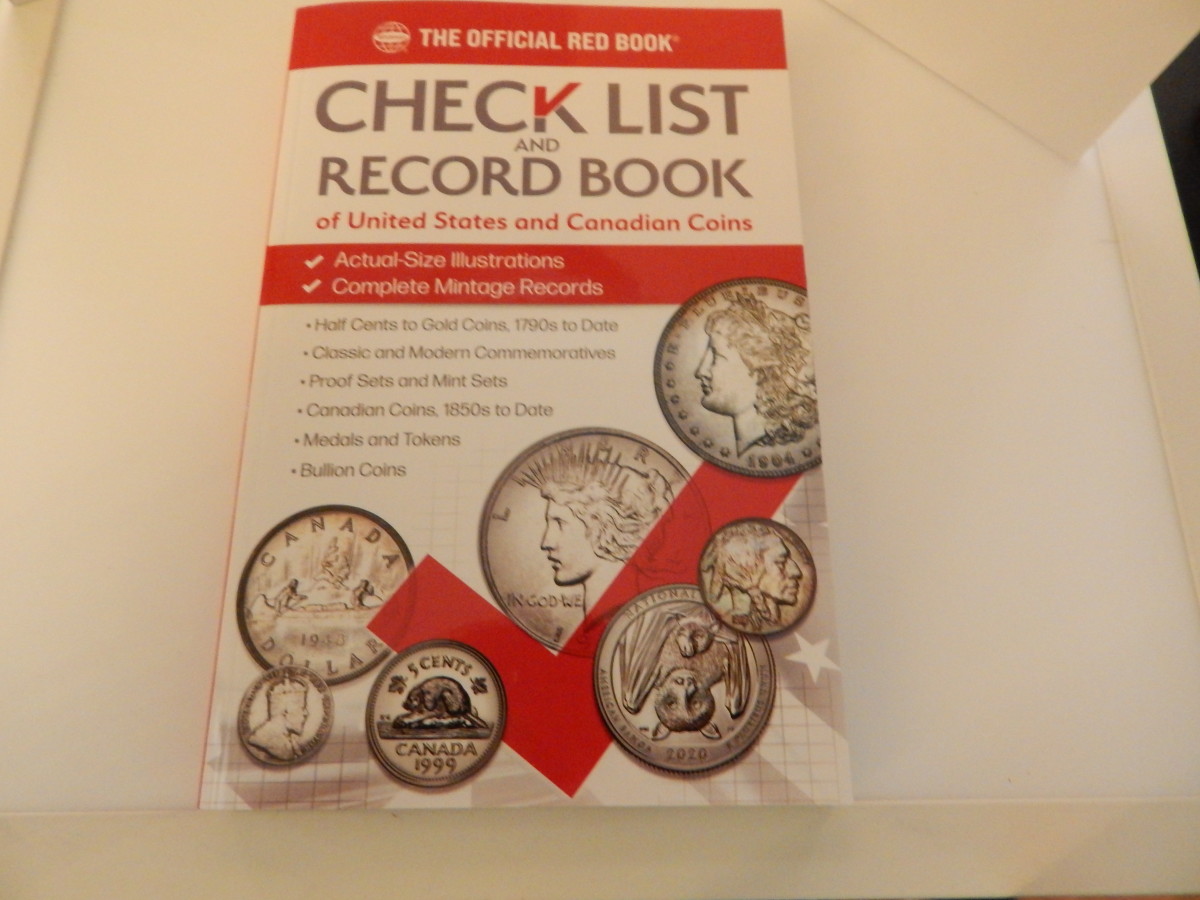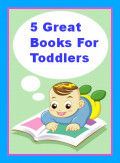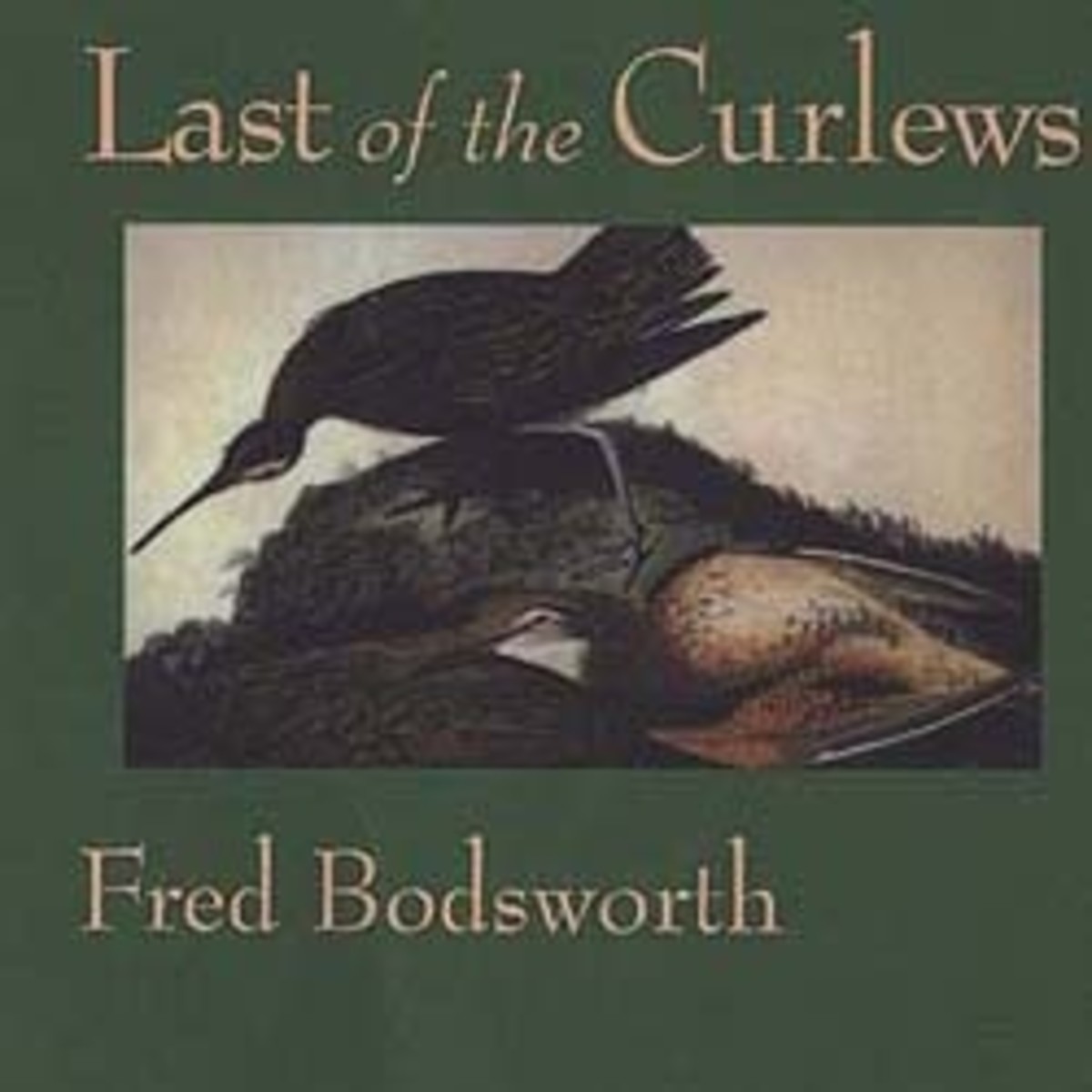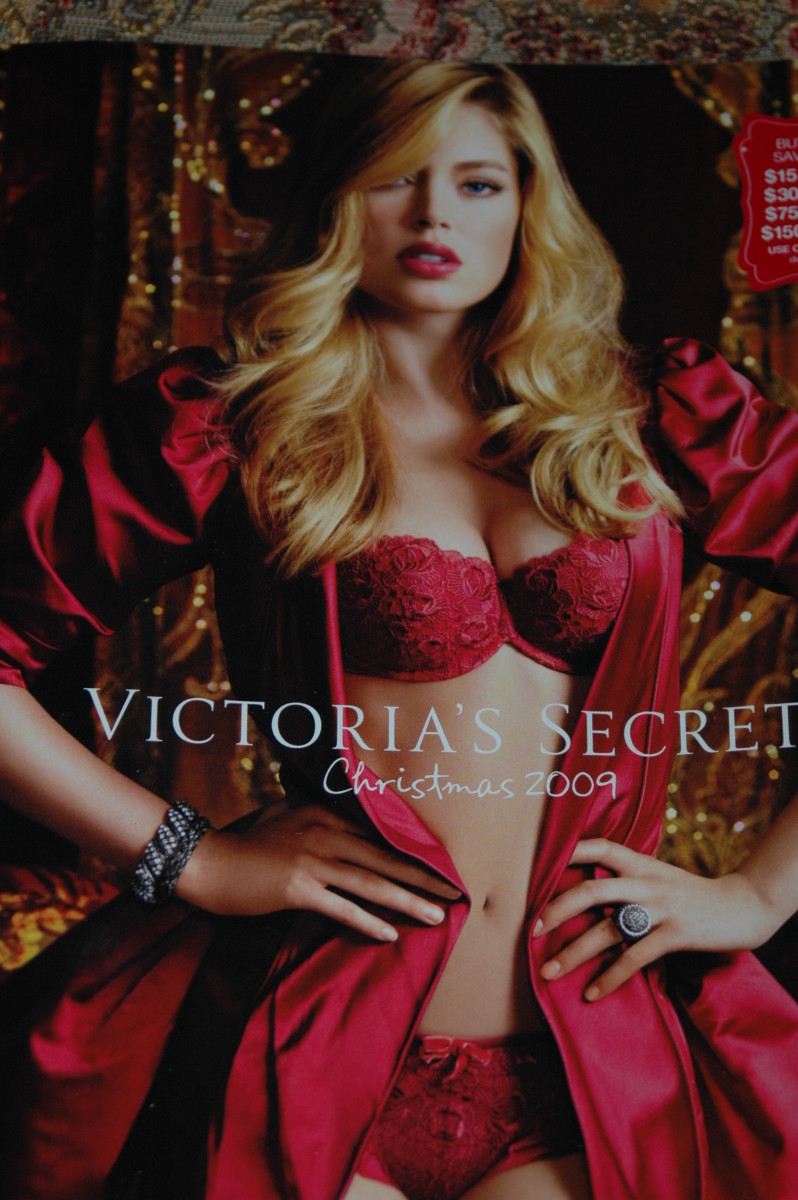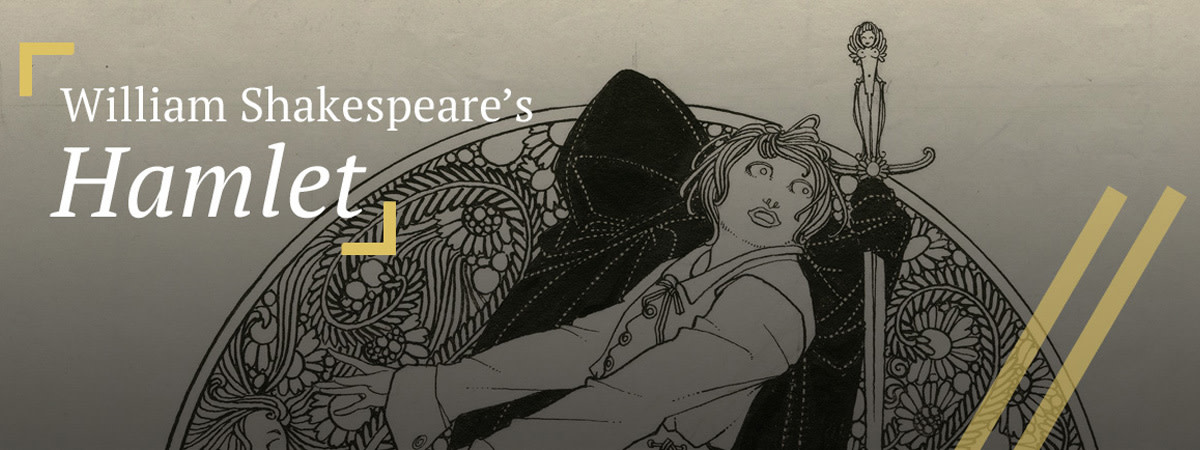Book Collecting
Collecting books can be a source of immense satisfaction, and in the Internet age, it's easier than ever before. Yet there are still some basic points you'll need to know in order to build a satisfying, significant collection that will grow in value over time.
Books are among the oldest objects to be collected by human beings; if one includes not only bound volumes but scrolls and clay tablets, the collecting of texts is nearly as old as the writing of them, stretching back at least to the third millennium B.C. Of course these ancient books were one-of-a-kind, written on clay, papyrus, or vellum by the human hand, and infinitely varied even when they were copies of the same text. Few collectors today will have many volumes such as these, but the human hand -- whether employed in the designing or setting of type, the illustration or design of a book, or in handwritten inscriptions, notes, and dedications -- remains a central part of the allure of the printed book. In the photo above you can see a couple of shelves from my own library, the result of thirty-odd years of restless accumulation, selection, and ordering. My own tastes and interests are eclectic, but it's always satisfying to build some kind of depth into your collection, whether it's a favorite author, subject, genre, period, or style of binding. Knowing a few of the basics of the trade can be of immense value as you start to build a collection of your own.
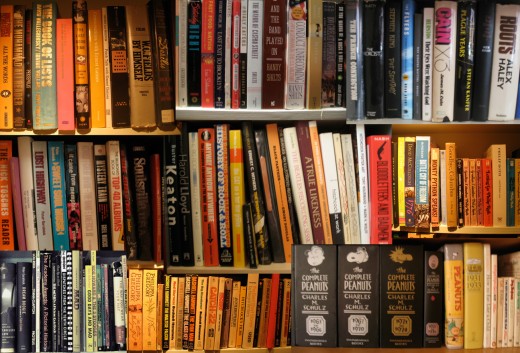
Starting Your Collection
It's always wise to have some focus for your collection; an unfocused collection is merely a stack of volumes, and has no great value -- or pleasure -- beyond what any single volume would possess. Most collectors are drawn to particular authors and/or genres. For instance, if you are a lover of Science Fiction, and your favorite novelists are Ray Bradbury and Ursula K. Le Guin, it would be a good place to start to see if you could obtain first editions of each of these author's books. The first edition of an author's first book is almost always the most valuable, and expensive -- presumably because, at that time, the author was not well-known and the size of the print run was likely small. So you might start with Bradbury's The Martian Chronicles, published in 1950. But what's the best edition? Paperback or hardcover? The UK edition with the different title? The Spanish edition with a prologue by Jorge Luis Borges? You may eventually want to acquire all of these, and indeed for the collector of modest means, a first hardcover edition with dust-jacket may, at around $6,000.00, not be the place to start. Fortunately, the first paperback edition of 1951 can be had for a mere $150-200; the first Spanish edition of 1968 with the Borges introduction a mere $50. You may find, indeed, that if you collect something other than hardcover firsts -- first illustrated, foreign-language firsts, or paperback editions, that you can put together a quite impressive and unique collection on a far more modest budget.
Finding a Niche
The key to building a satisfying and unique book collection often lies in finding a niche, an area of collecting that's been neglected by others. Lesser-known authors, small presses, translations, and unusual bindings are among the possibilities to consider. Books and printed materials once commonly discarded -- so-called "pulp" fiction, TV Guides, mimeographed 'zines, corporate reports, product manuals, high school yearbooks, old phonebooks and city directories, and even blank books are among the areas where collector interest has turned trash into treasure. Any of the small variations among printed books -- different binding cases, different paper (hand-laid paper, editions on thin "India paper" or paper rationed during wartime), or different text ornaments and illustrations -- can be the basis for a collection that creates its own new awareness of, and value for, such variations. Local histories -- books printed in a certain city, or a run of books by a particular press -- can also give coherence to a collection. Some collectors even collect only different editions of a single book -- with widely-reprinted classics such as The Wonderful Wizard of Oz or Oliver Twist, such collections can easily fill a room-sized library.
Buying Books: Sources
In the old days, collectors and booksellers had to transact business in person. Sellers, like collectors, often specialized in certain areas, and issued periodic catalogs (some still do). Trade magazines, such as the AB Bookman's Weekly, offered listings of wants and books for sale. Auction lists and compilations such as American Book Prices Current helped assess value, With the Internet, all this has changed; it's possible to shop, compare conditions and prices, and select for particular features (dust-jacket, illustrations, type of binding) without a collector ever leaving home. A bookstore is still, as ever, a wonderful place -- but many of them do most of their business online via consortia such as Alibris and the Advanced Book Exchange (or "Abe" as its fans call it). The larger online booksellers, such as Amazon and Powell's also sell used and antiquarian books, and the ABAA (Antiquarian Booksellers Association of America) has its own online search engine for its dealers. In fact, it's quite possible for a single volume on the shelves of a single store to show up on Amazon's zShops, Alibris, and Abebooks, as some dealers work with all three services. You will have to try these services out to see which you prefer; my own favorite is Abebooks, as its selection is very large, its search interface very flexible, and I've had very good luck with nearly all the books I've bought through them. Bear in mind, these large sites are only as good as the dealers who use them; most sellers I've dealt with are quite good, but there may be some who are not as careful when it comes to describing their books' conditions, or shipping them promptly and safely, as others.
Buying Books: Edition
You'll often see a book listed as a "First Edition," and you may assume that this makes it especially rare or valuable. In fact, the first setting in type of any book technically is a "first edition," no matter how many times it is reprinted. A 6th or a 45th printing of a first edition is rarely of any great value; the "edition" will not change unless the type is entirely or substantially re-set, or some additional material -- text or illustrations -- is added. A true first edition, from a collector's point of view, must be the first printing of a first edition. Even then, slight variations among the first printing may enable collectors to determine which copies were printed first; the earliest printing is nearly always the most sought after. Minor corrections of errors -- a spelling correction, correction of a mis-registered page, or of a binding error -- which distinguish earlier from later printings are known as points. Sometimes these points are quite subtle, such as the precise size of a line of type which was altered early in the first printing. Up until the mid-twentieth century, the binding-cases of books were often manufactured separately from the interior pages, with more ordered only when the initial supply ran out. This means that the color of a cloth binding, or its design, might well have changed slightly (or greatly) even as the sheets from the earliest text were bound. These are known as "states" of the binding. A true first edition might need to have several printer's points, and have its binding in the earliest known state, in order to be regarded by collectors as the most desirable copy. Detailed bibliographies are often required to determine these points; for instance, collectors of the "Oz" books of L. Frank Baum have relied for years on the Bibliographia Oziana, which gives detailed points for every volume in the series. Not all books, of course, will have received this kind of attention from collectors; in such cases, a handwritten date, or a bound-in advertisement for others of the same publishers' books, may help to establish whether a given copy is among the earliest printed. Lastly, the dust jacket of a book is particularly important; first editions with complete dust jackets are almost always far more valuable than those without, and these jackets also may have been printed in distinctive "states." For instance, a first edition of James Joyce's novel Finnegans Wake, with an intact dust jacket, is worth several thousand dollars; without a jacket, it would be unlikely to command more than $100. Of course, if the book is signed or inscribed by the author, the precise edition may matter much less in terms of its ultimate value.
Buying Books: Condition
Booksellers have their own shorthand to describe the condition of printed books, and it's wise to get to know these terms. The dust jacket may be "torn" (this implies that all the jacket is still present) or "chipped" which may mean that small fragments in and around the tears are missing, "partial," which indicates some part of the jacket is missing; if it is "clipped" this generally means that the front upper corner, where the price was traditionally printed, has been trimmed away. The state of the cover is the next thing usually described; the "boards" are the front and back, and the "spine" is the side part of the binding case meant to be seen when it's shelved. Either the front or rear boards may be said to be "chipped" (this usually means they have been damaged on the edges with some loss of material), or the spine may also be damaged in this way.
If a book is said to be "bumped," this usually means that, due to pressure exerted while shelved, the boards or spine have been compressed or bent somewhat at their edges, but there has been no loss of material. The spine of the book at left is both "bumped" and "chipped," as some of the fabric backing of the spine has chipped off along its edges.
Endpapers -- the paper linking the inside of the boards, and the contents -- may be important. "Pictorial" endpapers have illustrations; "colored" endpapers are made of colored paper or printed with color. Some books have endpapers glued over the gap between the contents and the binding case; others -- so-called "self-endpapers" -- are made by using matching paper on the case and the contents, which come together only in the binding; a seam will then be visible. Finally the contents (pages) of the book itself: if they are "tight" and "clean" they are still snugly bound into the boards; if they are "loose" or "somewhat shaken," then they have pulled away somewhat from the spine, and may be "scuffed" from their bottom edge rubbing upon the shelf. In the worst case a book may be "disbound," but while this can mean that the cover has fallen off, it may also refer to some early books which were produced in light paper "wrappers," with the intention that the owner would have them bound to match the rest of his or her library. The book's illustrations, if any, may be bound in, or simply glued in along their edges (they're then said to be "tipped in"); tipped-in plates can occasionally come loose, and if missing would significantly lower a book's value. Sometimes, especially with pre-1900 volumes, a sort of brown spotting can occur to some or all pages, particularly illustrated plates; this is known as "foxing" and if slight may not greatly affect a book's value. If the pages are gilt -- covered with gold leaf -- this may be significant; TEG means "top edge gilt," while AEG means "all edges gilt." The top edges of books are also often stained or colored; some may even have elaborate printed patterns. Lastly, since for many years books were sold without having the right-hand edges of the conjoined pages cut, a book may be sold as "uncut" if no owner has cut them. This usually makes a book more valuable, though of course it also makes it impossible to read!
Care and Arrangement of Books
The worst enemies of books are sunlight, water, and fire. Sunlight fades the spines or other exposed parts, and water -- whether present in liquid form, or in damp areas such as basements, causes the paper and boards of which books are made to warp, swell, or grow mildew. Fire, of course, is the worst enemy of all; even if the area where books are stored has been spared from open flames, the books will often be damaged by smoke or water. The distinctive smell of mildew or smoke damage is always disappointing, and may be one of the most common kinds of problems that's not mentioned in a book's description by less than scrupulous sellers. In any case, once books are on your shelves, it's you who needs to protect them. A clean, dry bookshelf is essential; don't put any potted plants on the top, and keep it away from sources of moisture. Secondly, you'll want to protect your books from the sun; if direct sunlight comes into your library, it will fade your spines and may eventually weaken them. So-called "Barristers' bookshelves," which have sliding glass overhead doors, will help by filtering out some of the UV radiation. With dust jackets, the problem is especially acute; I recommend purchasing mylar jacket covers, which can be obtained from online sources such as Brodart. These covers are easy to apply, and protect your dust jackets from UV light as well as the odd "bumping" or tearing they can suffer while being placed on or removed from the shelf.
© 2015 Discover the World
